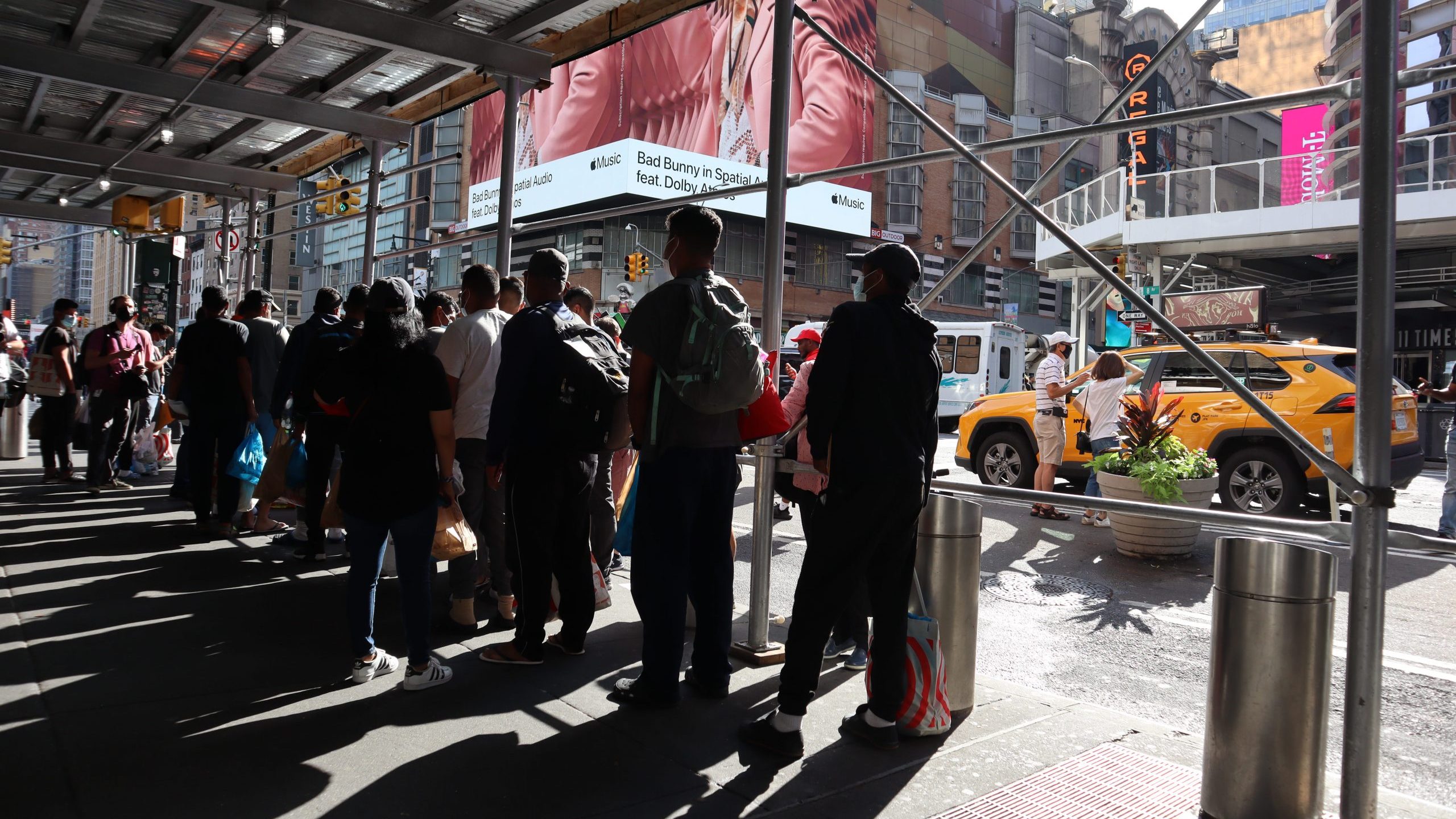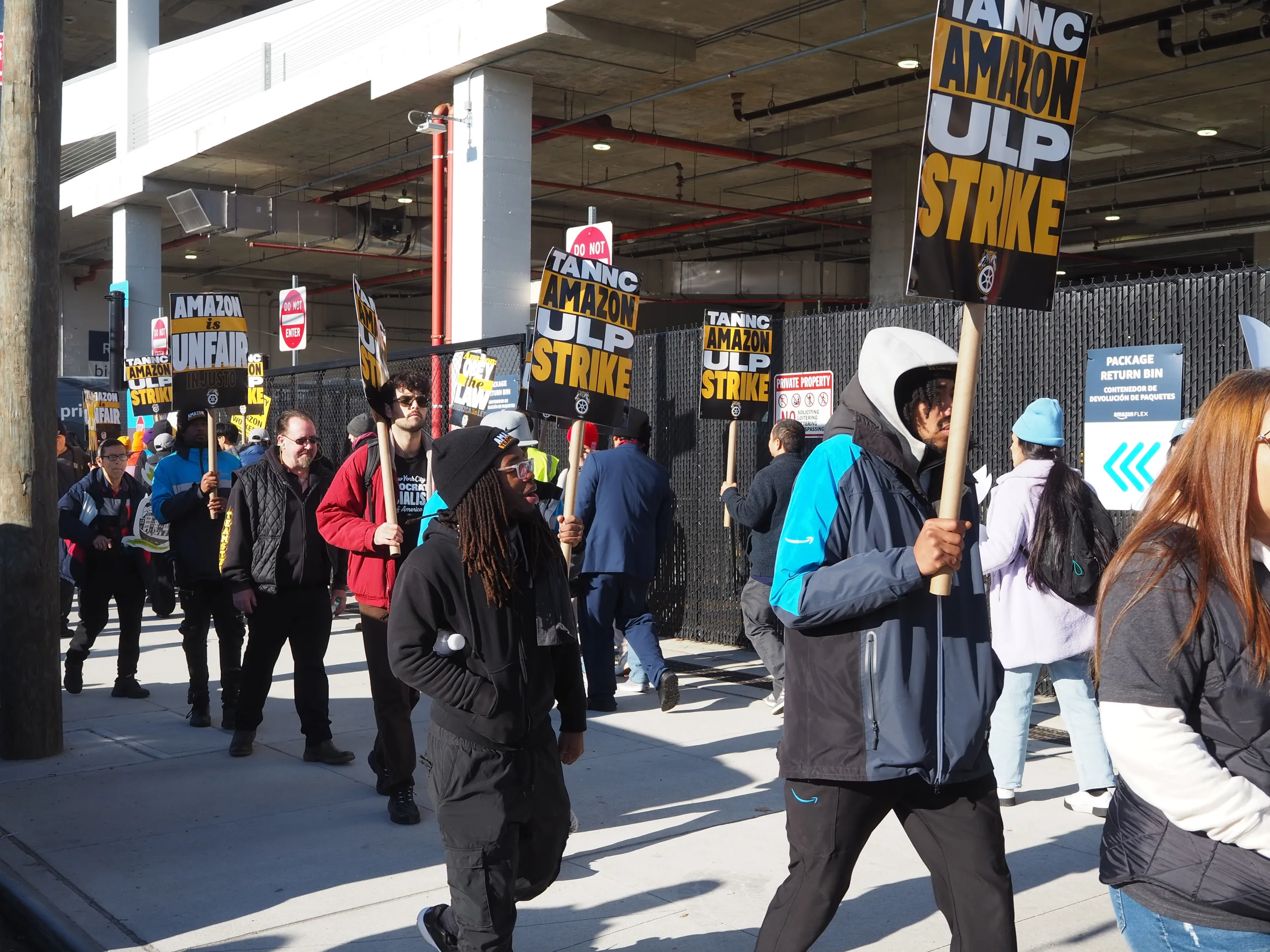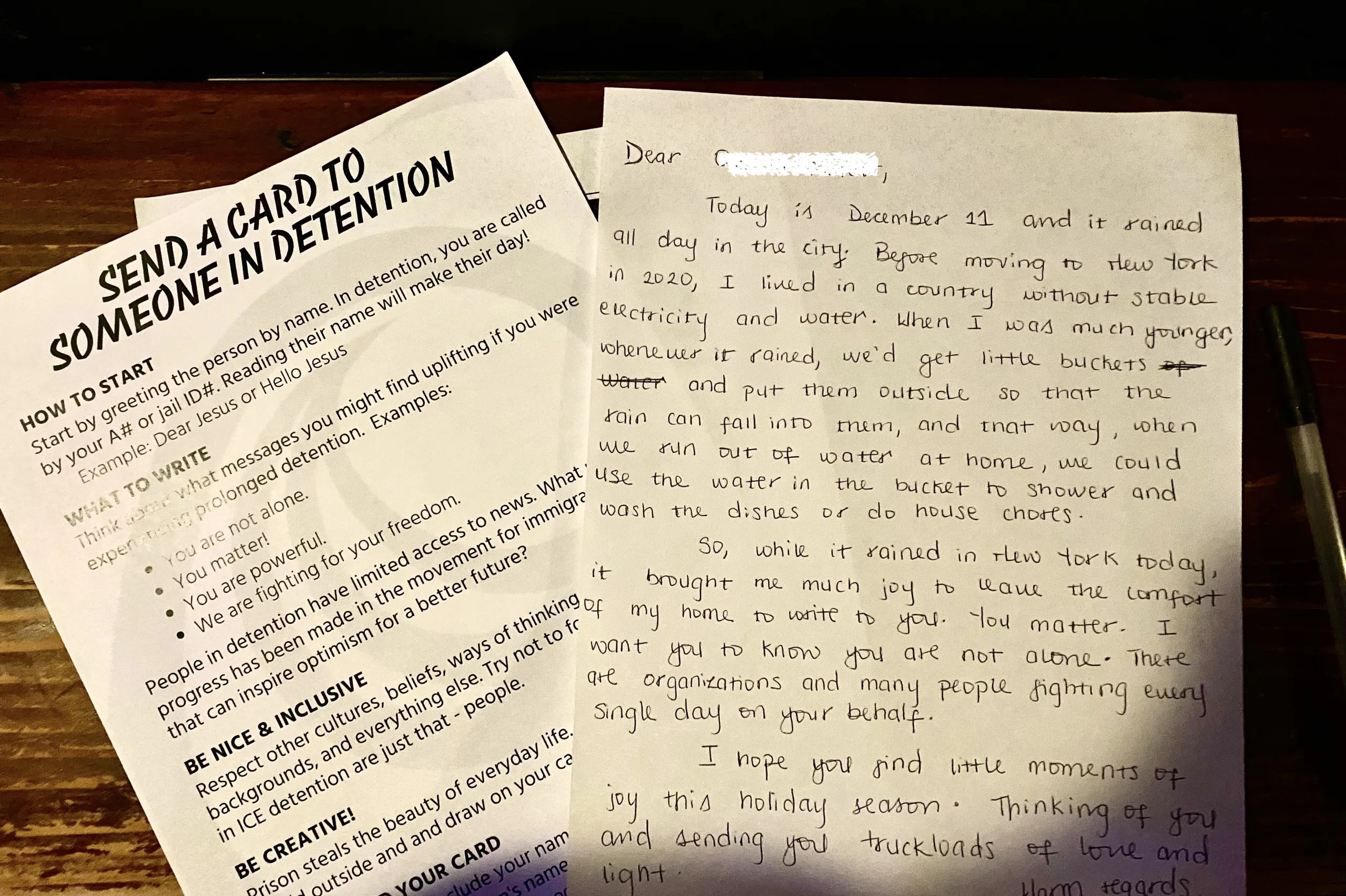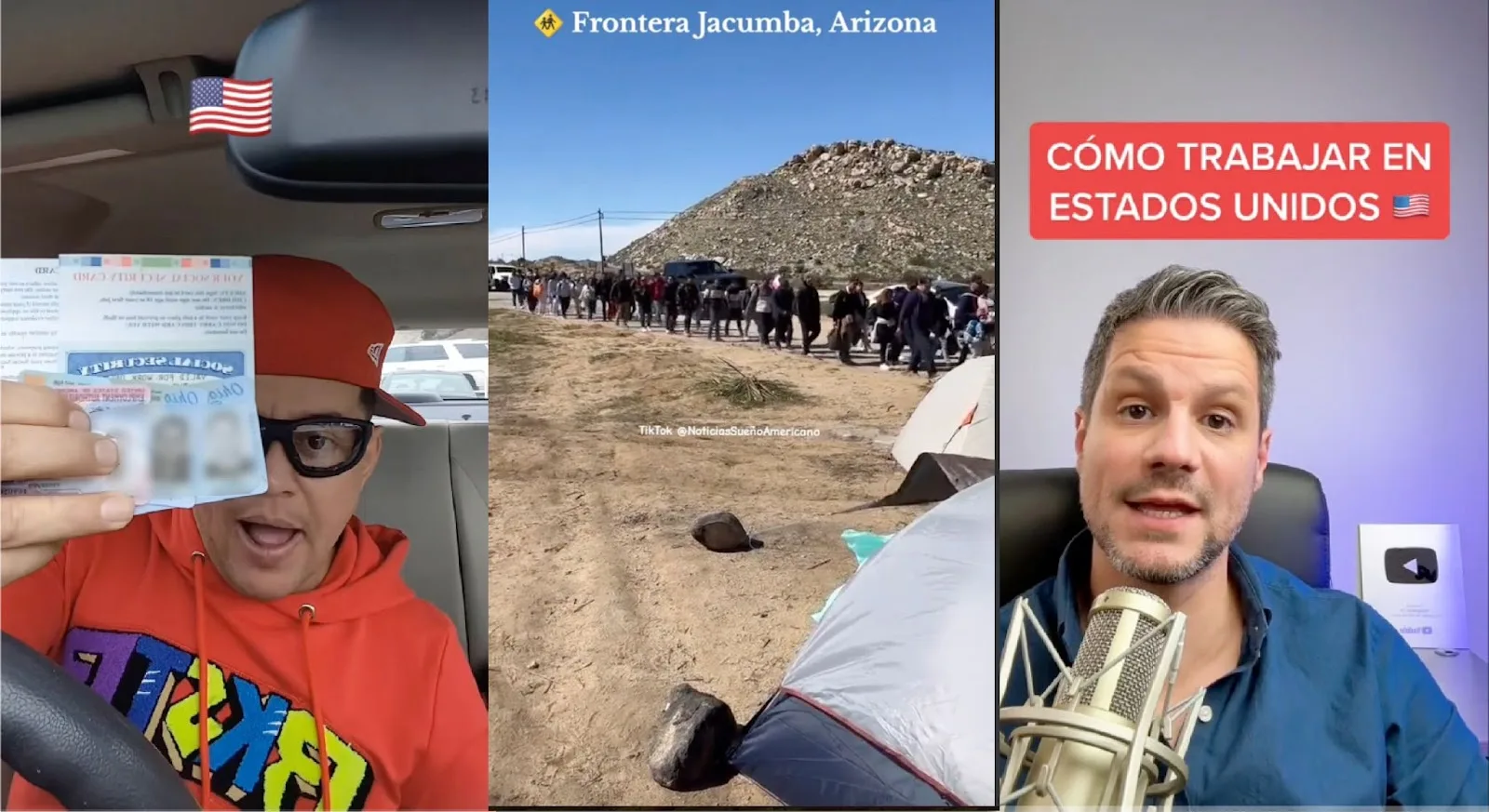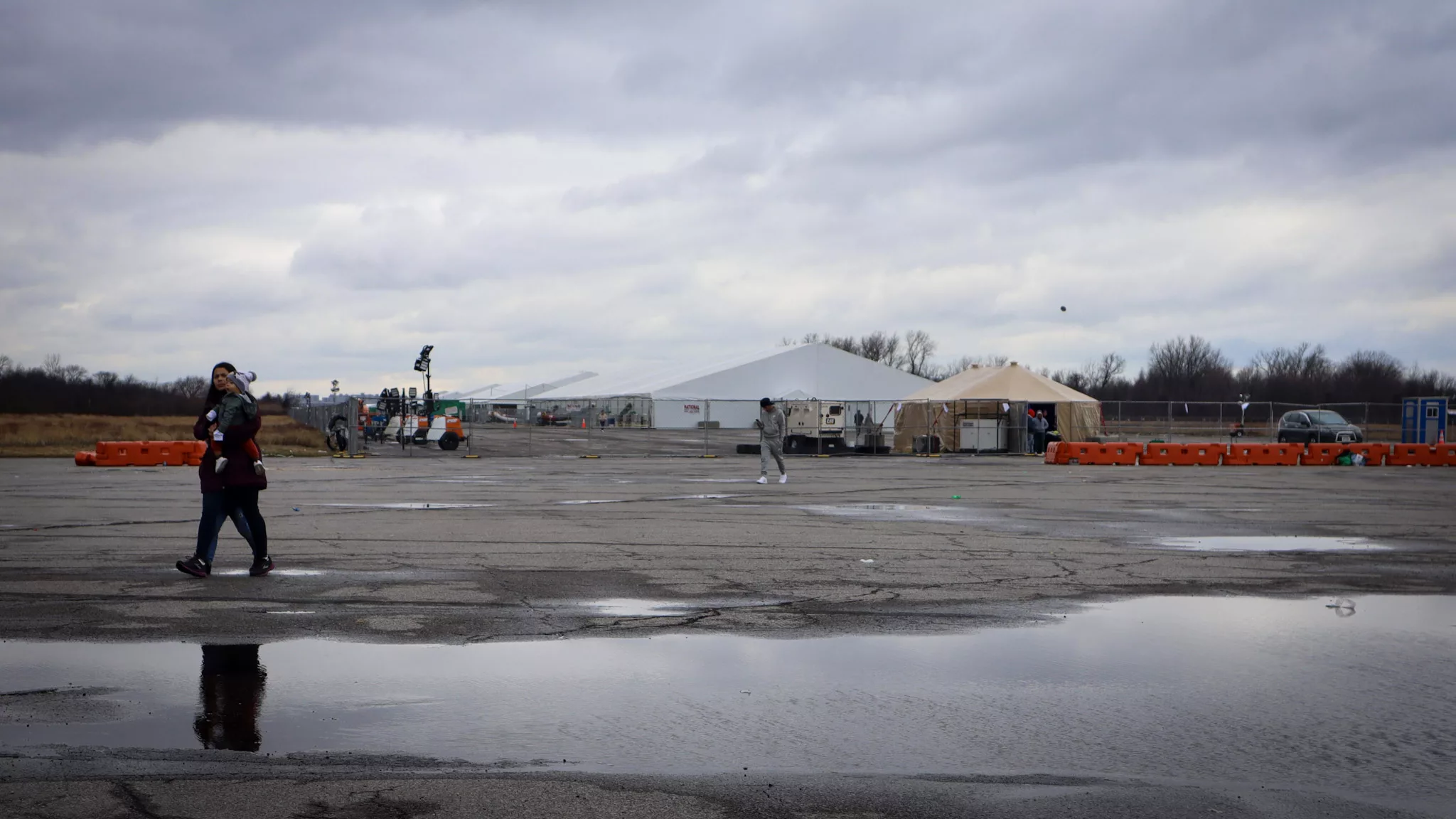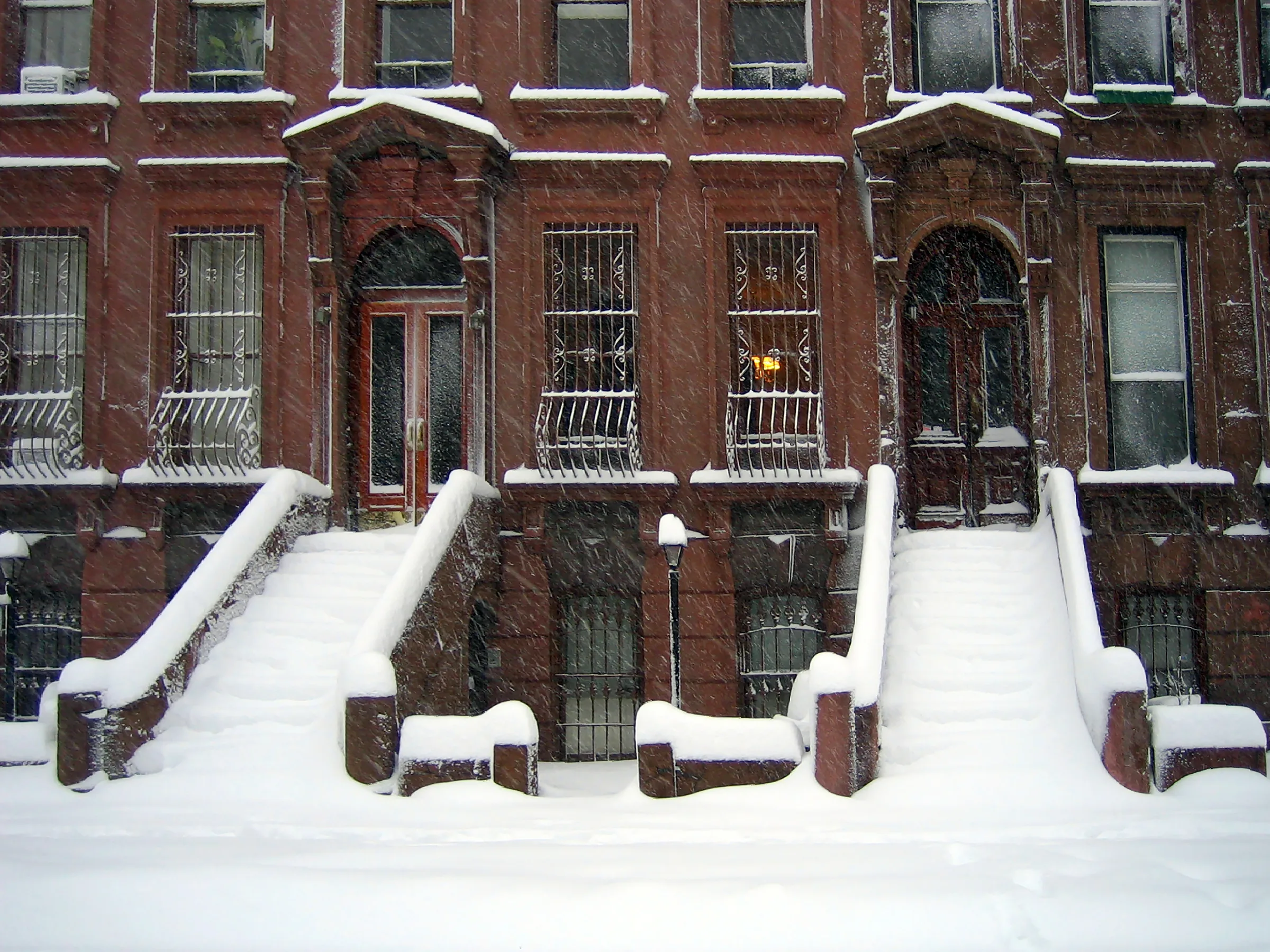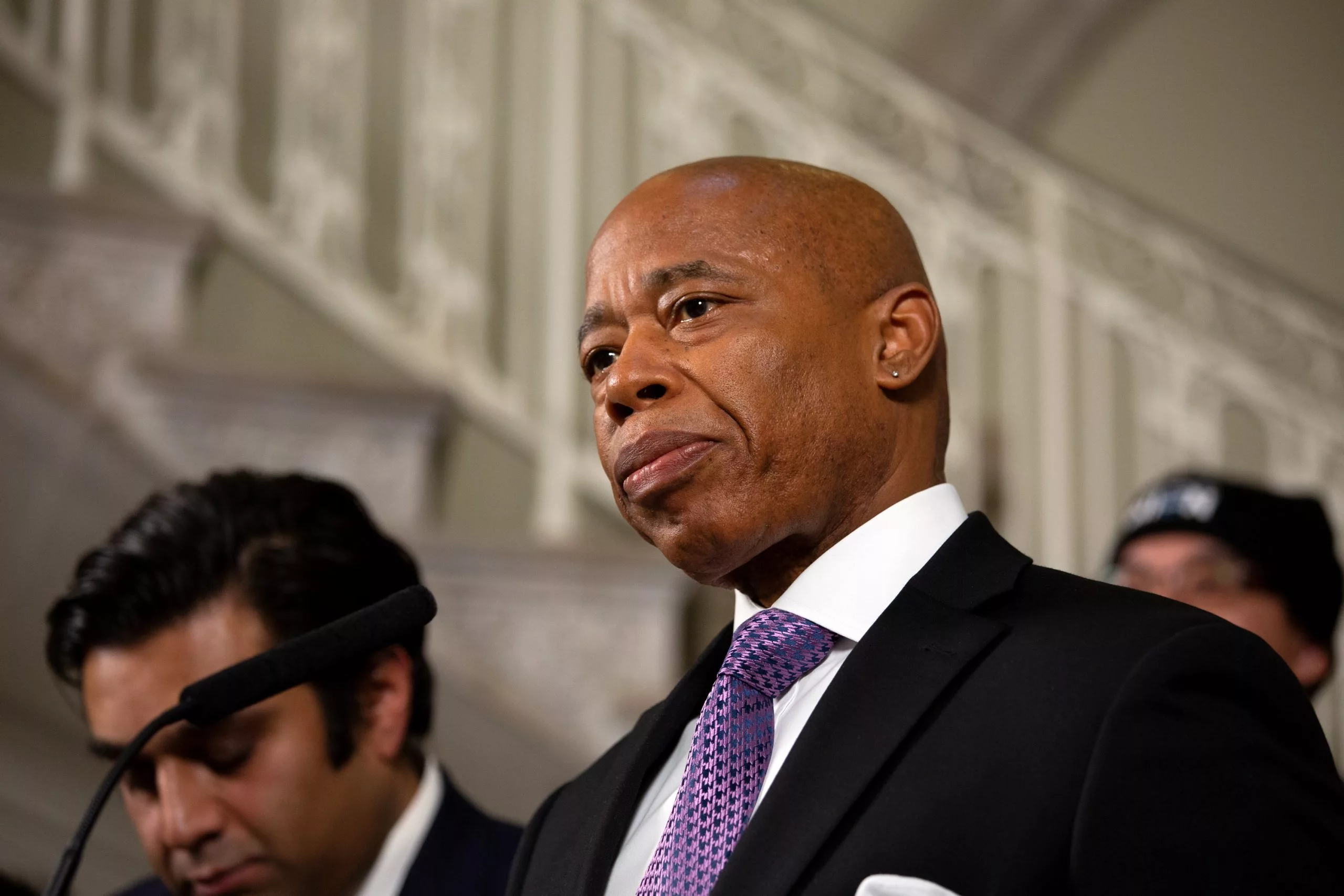The City’s comptroller is echoing advice advocates have long recommended: NYC has been depending on the shelter system to house migrants instead of recognizing it as a temporary stopgap solution.
“The current approach is beyond what the City of New York can reasonably sustain without meaningful changes,” the Comptroller’s office said in a new report Tuesday.
The analysis is the most detailed look so far at the City’s provision of services for newly arrived asylum seekers; about 50,000 have arrived since last spring.
The City needs to shift its focus from shelter intake to getting people currently in shelters — both asylum seekers and citizens alike — to permanent housing, the report states.
Two core strategies to help families and reduce costs: The Comptroller details recommendations for the City to help asylum seekers and those who have long been in the shelter system.
The Comptroller recommends an “all hands” effort to help people seeking legal status as asylum seekers. This includes scaling up pro se clinics, leveraging partnerships with local law schools, and expanding the capacity of existing programs such as the Immigration Help Desk.
According to an evaluation from the New York Immigrant Family Unity Project, approximately 48% immigrants with legal representation had successful outcomes in immigration court, compared to the 4% of immigrants without legal representation.
Advocates have said that very few migrants who’ve recently arrived in NYC have filed their applications for legal status. People seeking legal status as asylum seekers must file an asylum application within one year of arriving in the U.S. Given that the increase in immigration to New York began in the late spring of 2022, that deadline is quickly approaching for many, the report notes.
In September, Mayor Eric Adams’ administration began looking to give $5 million for asylum seeker legal services. But the money has not been awarded yet, as legal service providers felt the timing and funding was not enough to boost their capacity to represent asylum seekers. The Comptroller’s office proposes that the City instead allocates $10 million to support community-based legal organizations.
Pathways to permanent housing: The report also suggests the state and City create pathways to permanent housing by expanding rental assistance, enforcing critical tenant protections, and incentivizing landlords to rent vacant units.
Budget implications of the City’s provision of services to asylum seekers: Last month, Documented broke down the City’s budget expense on migrant intake, which Adams had estimated will be around $2 billion over a year. Since then, the New York City Mayor’s Office of Management and Budget calculated the full cost asylum seekers in the City to be approximately $1.4 billion in fiscal year 2023 and $2.8 billion in FY 2024, part of which will be covered by the federal and state government.
The Comptroller’s office anticipates it’ll get $200 million of the $800 million the federal government approved for states, local governments and nongovernmental organizations seeing an increase of migrants. Gov. Kathy Hochul’s budget would cover 29% of the shelter costs for asylum seekers, though the total dollar amount is capped at $1 billion over two years.
There is currently no uniform database that lets the City coordinate asylum seekers’ support: The Comptroller’s office suggests a uniform database system would help coordinate asylum seekers’ services, but would need to be created thoughtfully to protect the privacy of immigrant households.
Currently, the Department of Homeless Services maintains a database on individuals in its system, but it was originally designed to not include immigration status, the report states. The Catholic Charities Navigation Center also maintains a separate database, but it does not include the community-based subcontractors. As a result, NYC does not have a uniform system for identifying whether migrants have filed their application for asylum, filed for or received work authorization, and have legal counsel.
Read the full report from the Comptroller’s office here
This summary was featured in Documented’s Early Arrival newsletter. You can subscribe to receive it in your inbox three times per week here.
STORIES WE ARE FOLLOWING
New York
Nurses report inadequate medical care and food quality at City’s homeless shelters: City Council member Julie Won said nurses and guidance counselors reported migrant children have arrived at school experiencing malnutrition, rapid weight loss, and diarrhea from food at shelters. — Gothamist
City report outlines next phase of asylum seeker intake: Mayor Eric Adams announced a new report, called “The Road Forward,” outlining New York City’s forthcoming response to the asylum seeker xrisis.” — Read more
- Watch: Murad Awadeh, the Executive Director of the New York Immigration Coalition says “The Road Forward is a good first step but shockingly inadequate.” — Spectrum News NY 1
New York Uber and Lyft drivers win 10% pay increase after striking three times: The New York City Taxi and Limousine Commission has voted in favor of new driver pay rules that will result in an approximately 10% pay increase for Uber and Lyft drivers. — Read more
Around the U.S.
Minnesota governor finally signs ‘driver’s licenses for all’ bill: The new law takes effect Oct. 1, reversing a 2003 change that barred people without legal status from getting licenses. — AP News
Korean community center helps immigrant Texans overcome language barriers: Terry Yun, a service coordinator at Houston community group Woori Juntos, has been working to eliminate language barriers to health and social services in Texas. — The Texas Tribune
Immigration seen as a solution to nursing home labor woes: More women immigrating could yield more nurse assistant hours per nursing home resident and more registered nurse hours, researchers projected. — Axios
GEO Group’s appeal over $1-per-day wages is sent to Washington’s top court: GEO is appealing a jury verdict that resulted in a $17.3 million award for hundreds of people who were paid $1 a day to clean, do laundry, and do other work. — Reuters
Washington D.C.
Supreme Court justices will likely wait until May to debate Title 42: The Supreme Court has hinted that it may dismiss cases involving Title 42, the public health order imposed in 2020 to control immigration at the border. — The New York Times
Federal judge in Florida strikes down Biden’s ‘Catch and Release’ policy: A judge blocked the administration from continuing to implement a 2021 Department of Homeland Security memo that had authorized ‘alternatives to detention’ to ease overcrowding in immigration jails. — Reuters
COMMUNITY CORNER
This week, our Chinese Community Correspondent April Xu published an article about a massive Ponzi scheme operated by the Chinese company HomeX through WeChat, which devastated hundreds of Chinese immigrants in the U.S. As of March 9, approximately 500 victims have reported falling prey to the scam, resulting in an estimated total loss of $10 million.
Since we published the story, more tips have come in: April distributed the article in Chinese through WeChat and Twitter, receiving immediate feedback from the Chinese community. After reading the article, one Chinese reader told April that she had been in a WeChat chat group created by HomeX and its administrator, but luckily did not fall for the scam. She provided information about the administrator, which needs verification, and shared the article on WeChat to alert friends and acquaintances about the scam.
The report became supporting material for victims to file complaints:
The day after it was published, nine victims of the Ponzi scheme went to the FBI New York division to submit their complaints, along with information collected from about 500 victims nationwide and Documented’s report. Since many victims are not fluent in English, they provided Documented’s report as supporting material.
April said the highest individual loss she knows of was approximately $300,000. The FBI sent an agent and a translator to meet the victims, promising to refer the case to their white-collar crime team. Victims were told they would be contacted directly if the FBI decided to investigate the case. And on Thursday afternoon, agents from the FBI’s white-collar crime team met the victims and took their complaints and materials.
Documented’s report led to other impacts, including drawing attention from other media outlets. A reporter from Voice of America contacted April to connect with the victims, leading to a follow-up coverage of the scam that cited our story. A Chinese community leader also emailed April, praising Documented’s work in investigating the case that has affected many Chinese immigrants.
